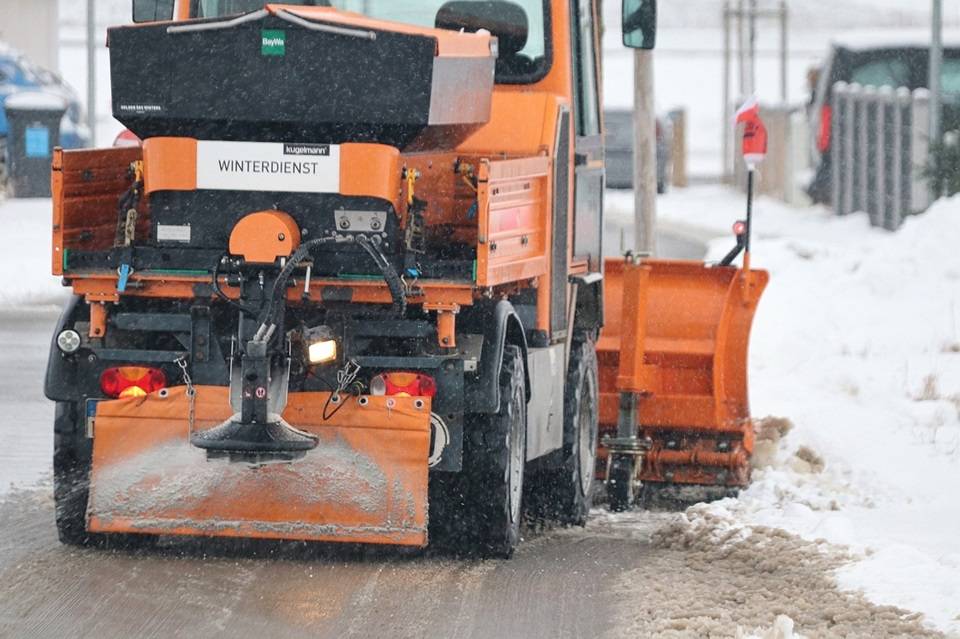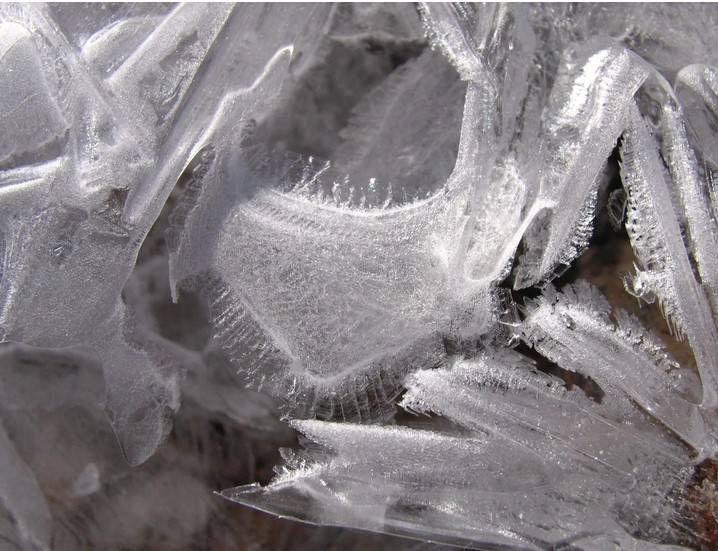Salt damage treatment for concrete is required where concrete is exposed to or affected by salt as salt can be very damaging to concrete. For treating building materials like concrete, natural stones and sand stones contaminated with salts, specialized products can extract and neutralize these salts, preventing damage such as efflorescence and structural degradation. These treatments are crucial for preserving the durability and aesthetics of materials, especially in restoration projects and salt-prone environments like coastal areas. They ensure the longevity and integrity of buildings by addressing salt-related issues comprehensively.
 Salt damage treatment for concrete
Salt damage treatment for concrete
How does salt damage concrete?
A significant part of the problem is that salt can penetrate concrete. Unlike, for example, acid attacks on concrete, there is initially no visible change (since it primarily affects the steel inside). In the final phase of the destruction of the steel in concrete caused by chlorides, cracks form because the corrosion products take up more volume than the steel, leading to expansion and potential spalling. This often results in the brown discoloration appearing on the surface of the concrete. Usually, this indicates the final stage of the steel’s deterioration within the concrete.
When salt (sodium chloride) comes into contact with concrete, it affects the concrete through a combination of chemical and physical processes and leads finally to concrete degradation. The key points are:
- pH Difference: Salt disrupts the chemical balance of the concrete. Concrete is typically alkaline with a high pH, while salt solutions are more neutral or slightly acidic. This difference in pH can weaken the chemical bonds within the concrete matrix, leading to deterioration.
- Absorption: As the salt melts snow and ice, it forms a brine that gets absorbed into the concrete’s pores. Concrete is porous, so this brine penetrates the surface and reaches deeper layers.
- Internal Damage: Inside the concrete, the salt solution reacts with the hydrated cement compounds. The interaction can cause several issues:
- Expansion: Salt causes the formation of expansive products such as calcium oxychloride, which can lead to internal pressure and cracking.
- Corrosion: Chlorides in the salt can reach and corrode the steel reinforcement within the concrete. This corrosion expands the steel, creating additional stress and causing further cracking and spalling of the concrete.
- Surface Deterioration: Over time, the combined effects of chemical reactions and physical stresses lead to surface damage. This includes cracking, spalling, and flaking of the concrete, which compromises its structural integrity and durability.
Thus, salt can significantly impact concrete by weakening its internal structure and leading to long-term concrete degradation.
Here are some specific examples of how salt can be harmful:
- Freeze-Thaw Damage: When salt (particularly sodium chloride or calcium chloride) is applied to concrete surfaces, it lowers the freezing point of water. This can lead to the formation of ice in the porous concrete, which then expands and contracts with temperature fluctuations. Over time, this freeze-thaw cycle can cause cracking and deterioration of the concrete.
- Corrosion of Reinforcement: Salt can infiltrate the concrete and reach the steel reinforcement bars (rebar) embedded within. Saltwater is highly corrosive to steel, and when the rebar corrodes, it expands and exerts pressure on the surrounding concrete. This can lead to spalling, where the concrete surface flakes or breaks away, compromising the structural integrity.
- Efflorescence: Salt can lead to efflorescence, which is the formation of white, powdery deposits on the surface of concrete. This occurs when soluble salts within the concrete are drawn to the surface by moisture and then crystallize as the moisture evaporates. Efflorescence can be unsightly and may indicate underlying moisture problems.
- Scaling: In colder climates, de-icing salts can cause scaling, which is the flaking or peeling away of the concrete surface. This happens when salt disrupts the bond between the concrete surface and the underlying layers, often exacerbated by freeze-thaw cycles.
- Deterioration of Surface Finish: Over time, repeated exposure to salt can erode and degrade the surface finish of concrete, leading to rough, pitted, or uneven surfaces. This not only affects the aesthetics but can also reduce the surface’s durability.
- Chemical Reactions: Some salts can react chemically with components in the concrete, leading to harmful reactions such as alkali-silica reaction (ASR). ASR causes expansion and cracking due to a reaction between alkalis in the cement and reactive silica in the aggregate.
 Salt crystallization in concrete
Salt crystallization in concrete
Where can salt damage in concrete occur?
Intended for use in addressing and managing salt damage in masonry and concrete structures. Salt contamination in concrete can lead to various issues and damages, including efflorescence, spalling, and reduced structural integrity. Here’s where our products can be effectively used:
- Historic and Renovation Projects: Restoring old buildings like churches where salt damage has occurred over time, including ancient masonry and historic structures.
- Residential Buildings: Repairing and treating salt-damaged walls, floors, and facades in homes, particularly in areas where salt is used for de-icing roads in winter.
- Commercial and Industrial Structures: Addressing salt contamination in commercial properties and industrial buildings, including warehouses, factories, and office buildings.
- Concrete Structures: Treating salt-induced damage in concrete elements like bridges, parking garages, and basements.
- Basements and Underground Structures: Managing salt contamination in below-grade areas where moisture and salts can accumulate and cause damage.
- Facade Restoration: Repairing and protecting building facades affected by salt deposits, often seen in coastal areas where sea salt is a problem.
- Parking Areas and Driveways: Maintaining and repairing surfaces exposed to road salts and de-icing chemicals.
- Structural Elements: Treating structural components such as beams, columns, and foundations that are susceptible to salt damage.
- Hotels and Resorts: Coastal properties need regular maintenance to address salt damage to ensure longevity and aesthetics.
- Ports and Railway Stations: Facilities dealing with shipping and transport might also experience salt-related damage, and these products can help in their maintenance.
Products like salt removers, sealers, and protective coatings designed to mitigate the effects of salt, restore affected surfaces, and prevent further damage.